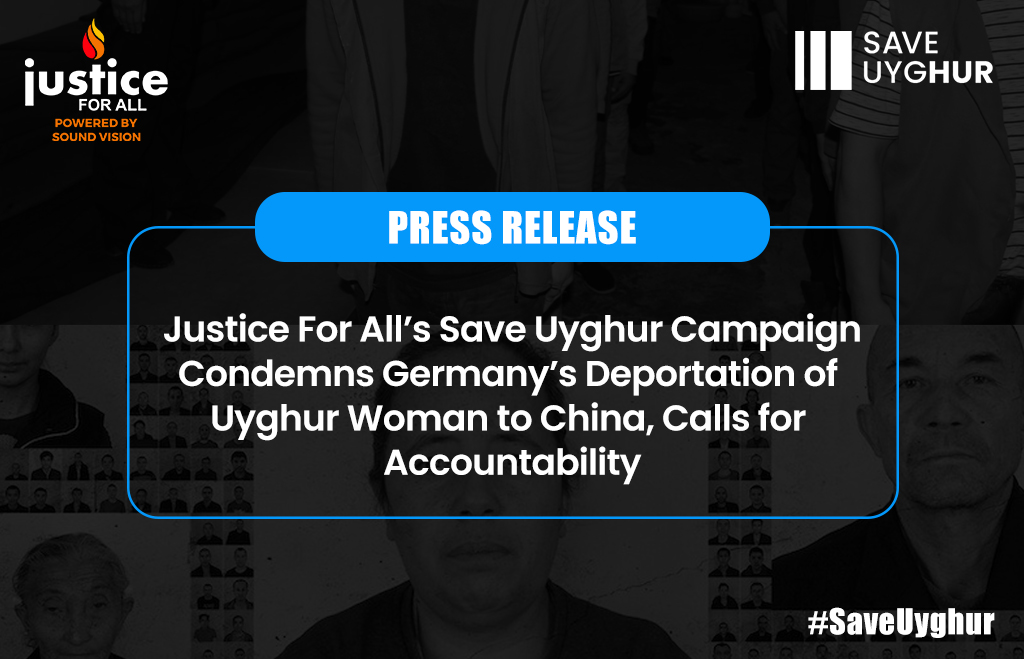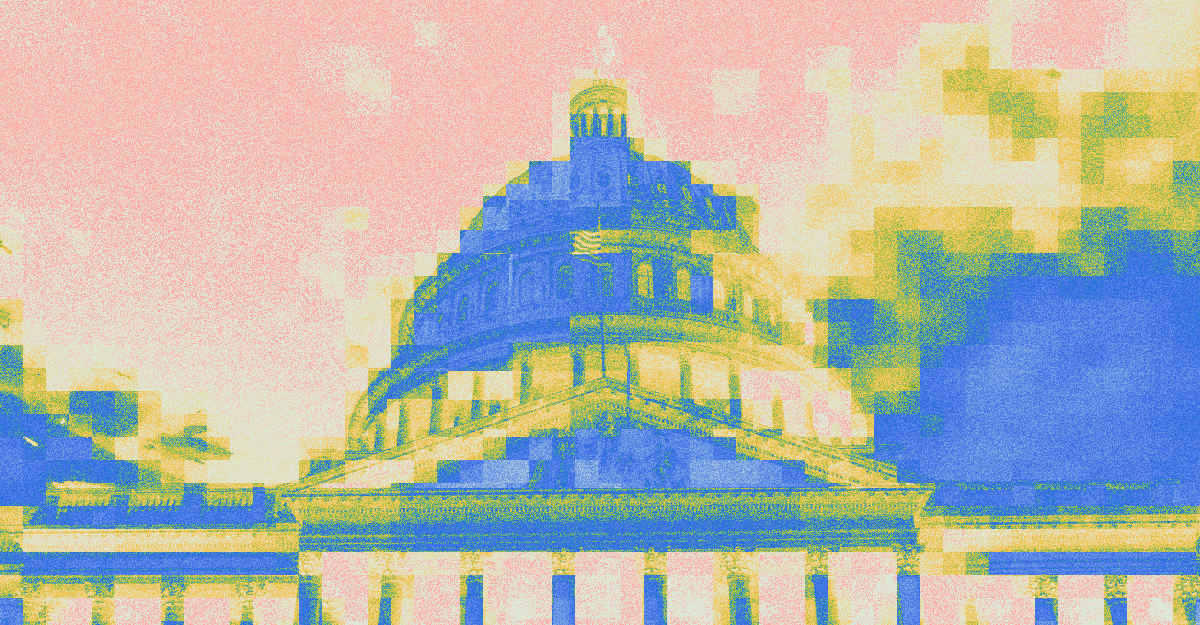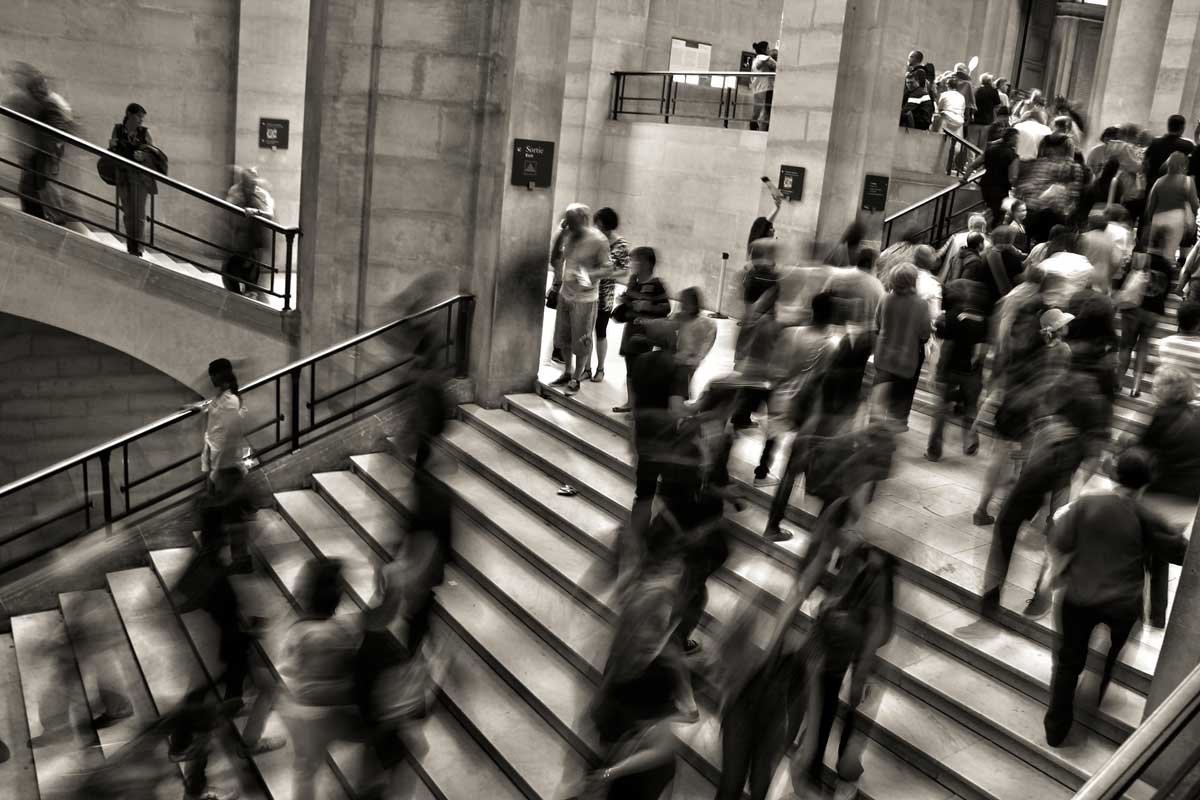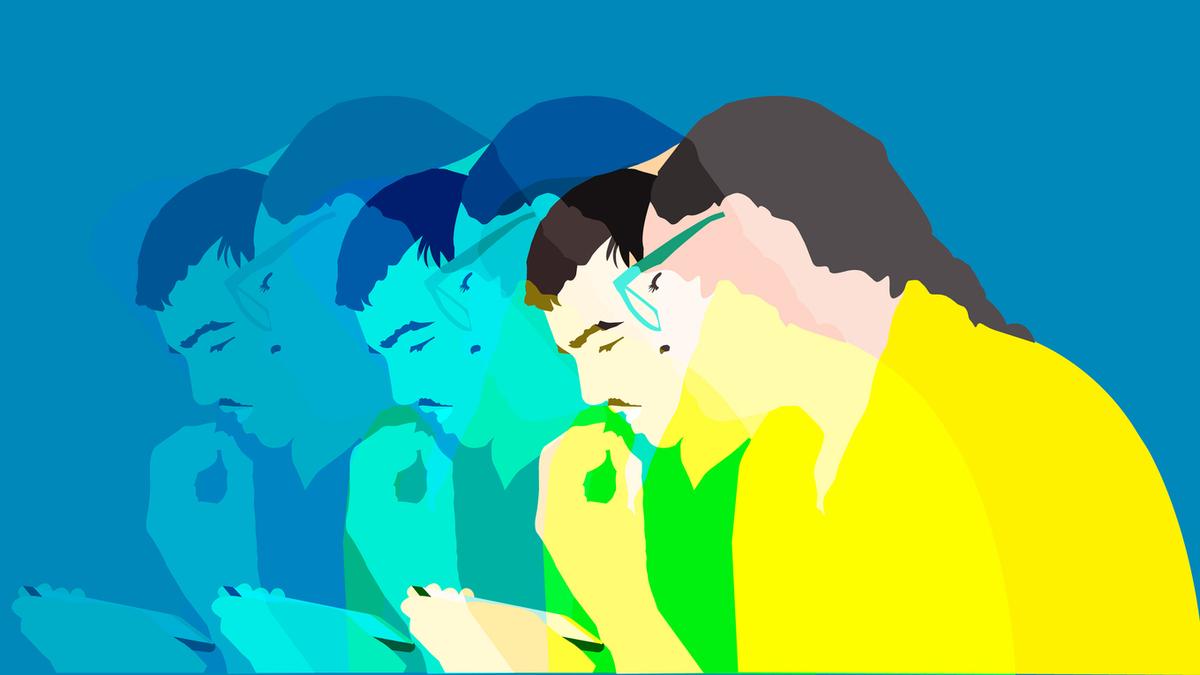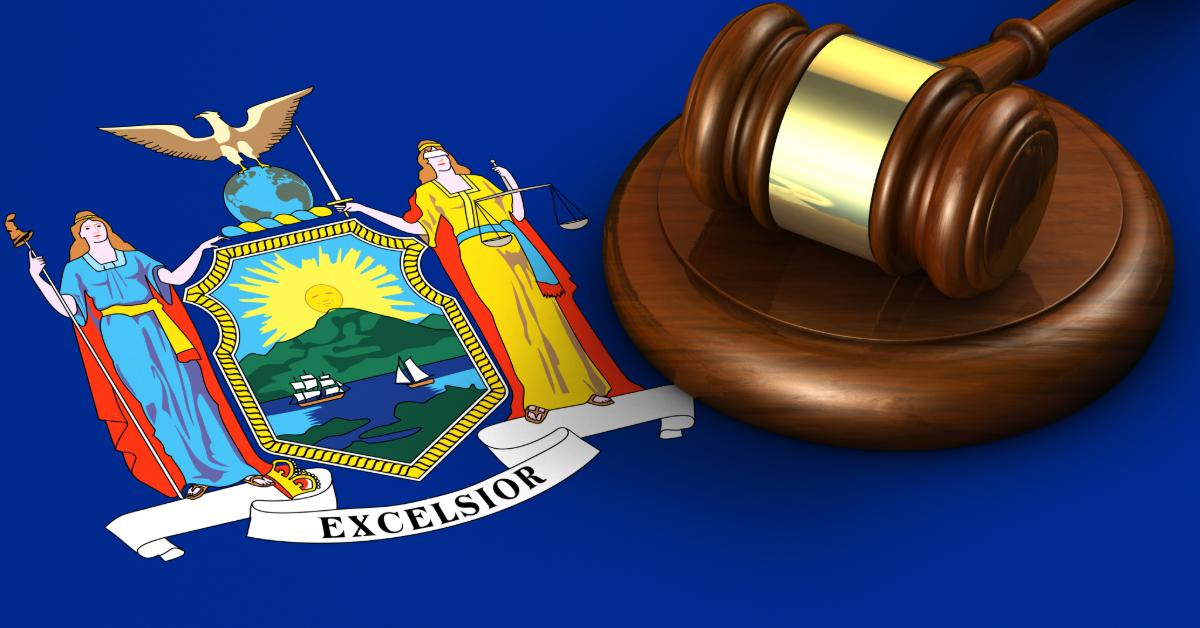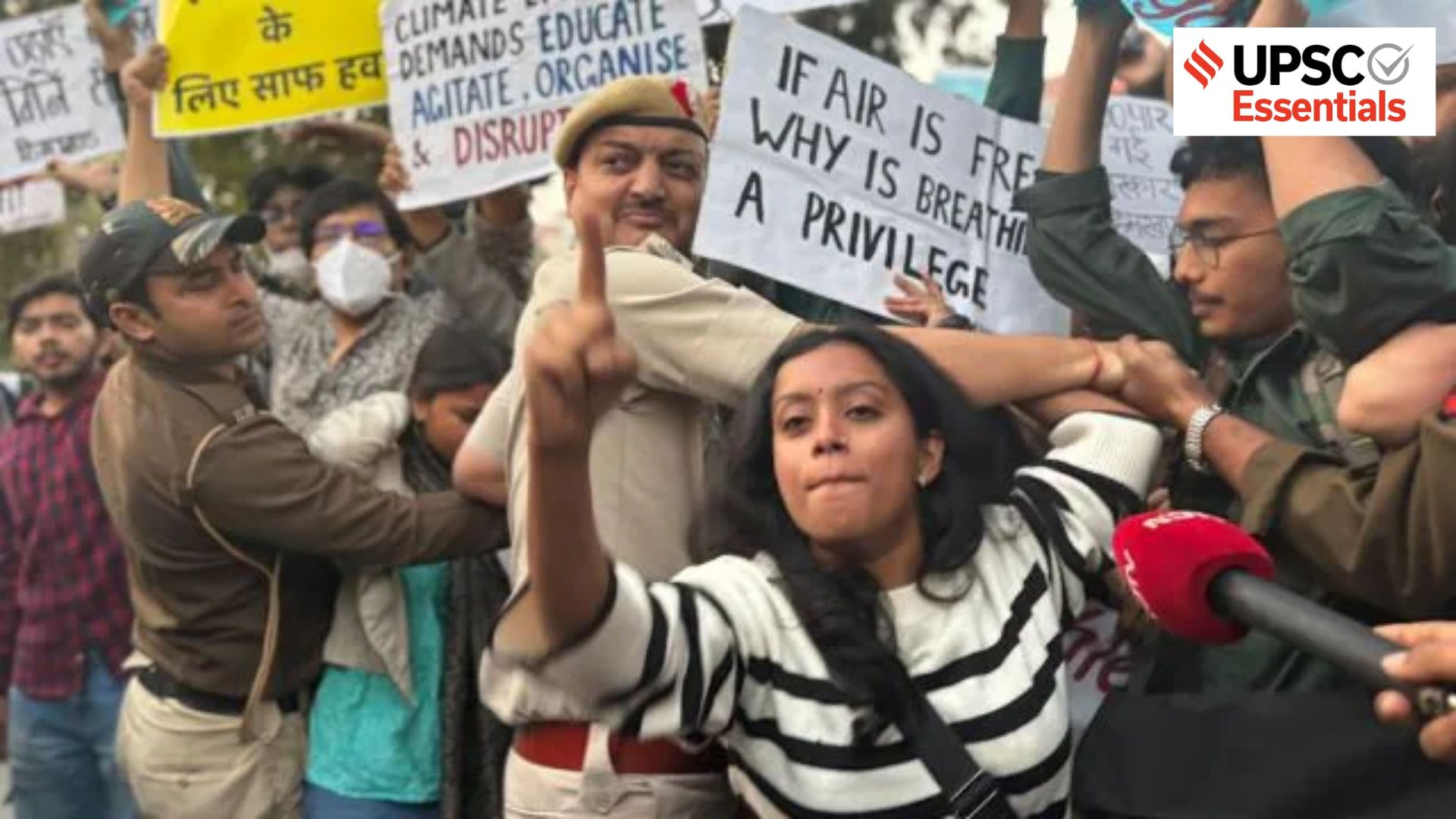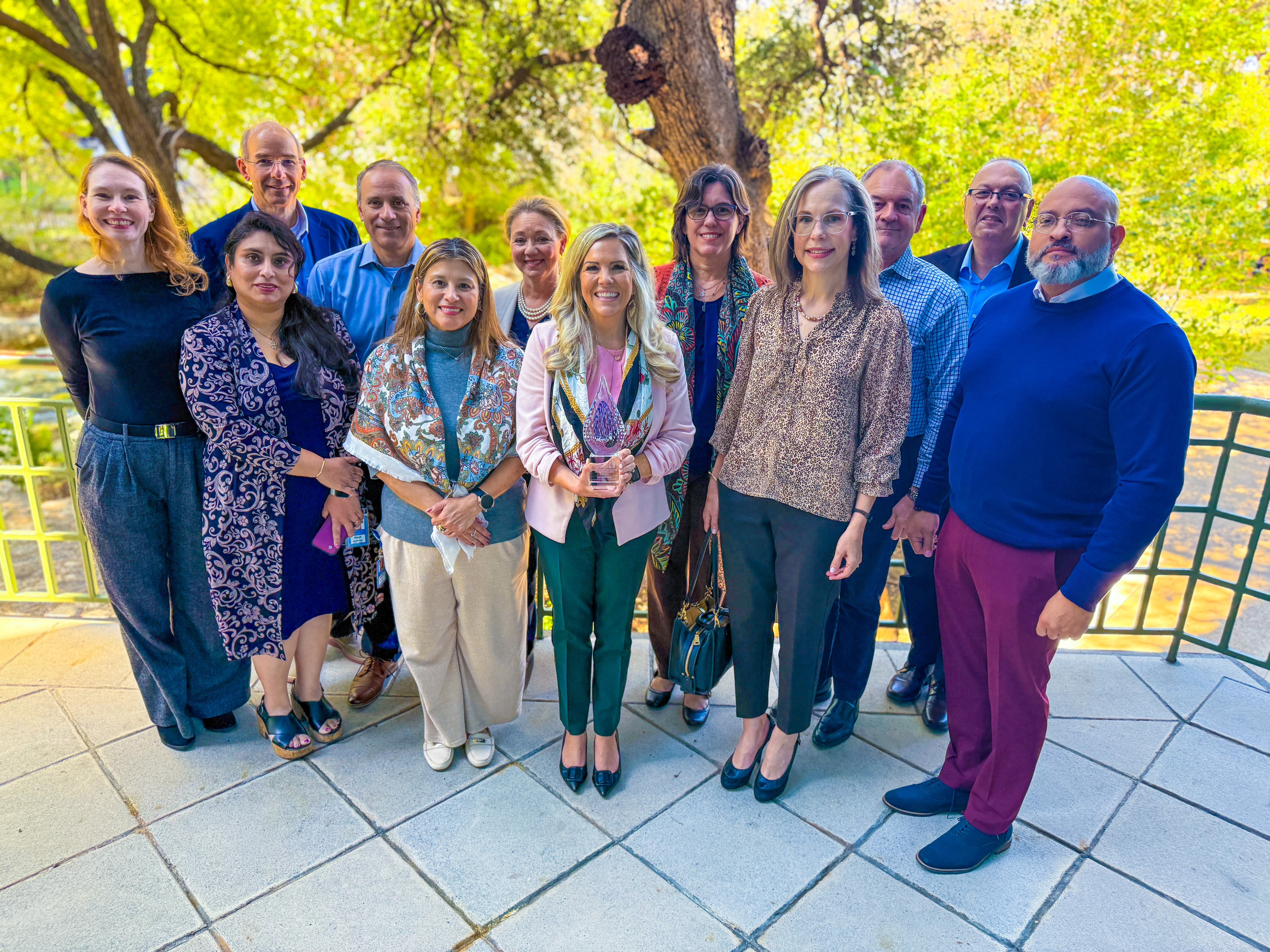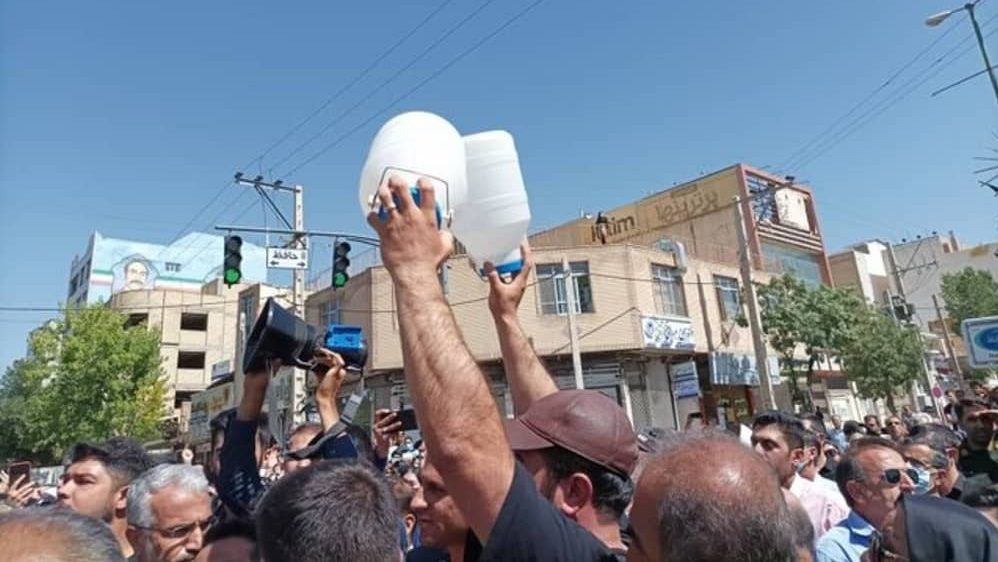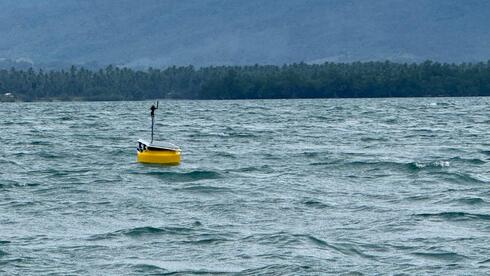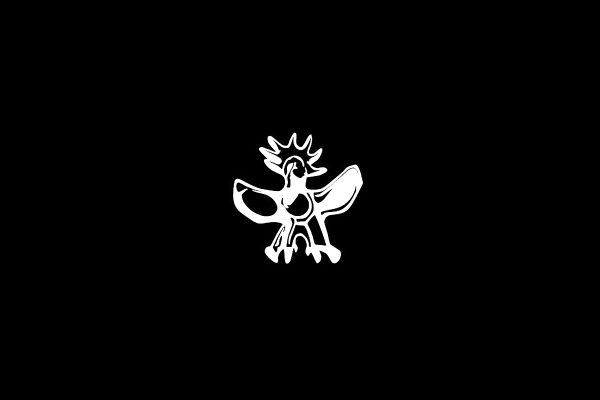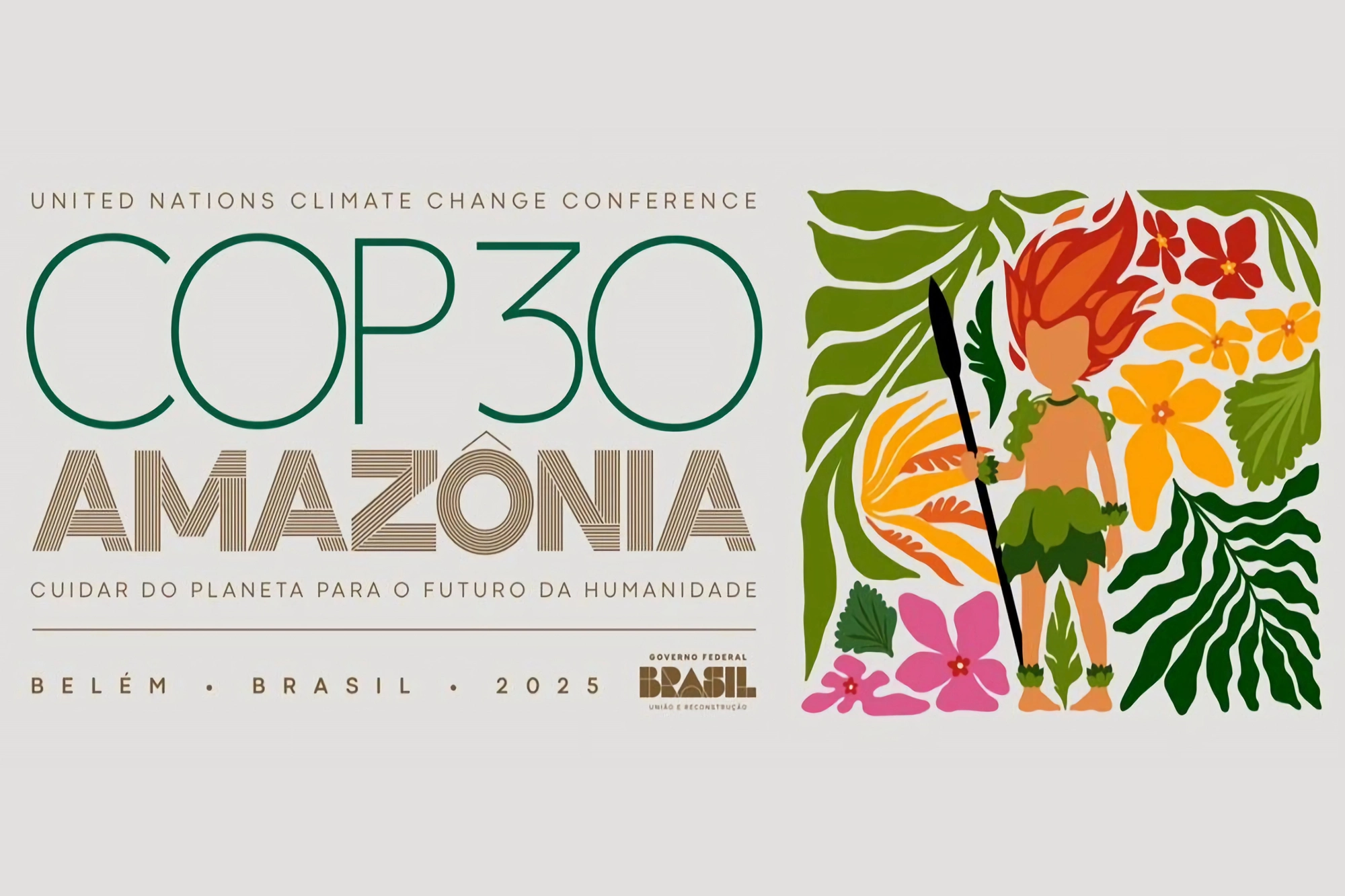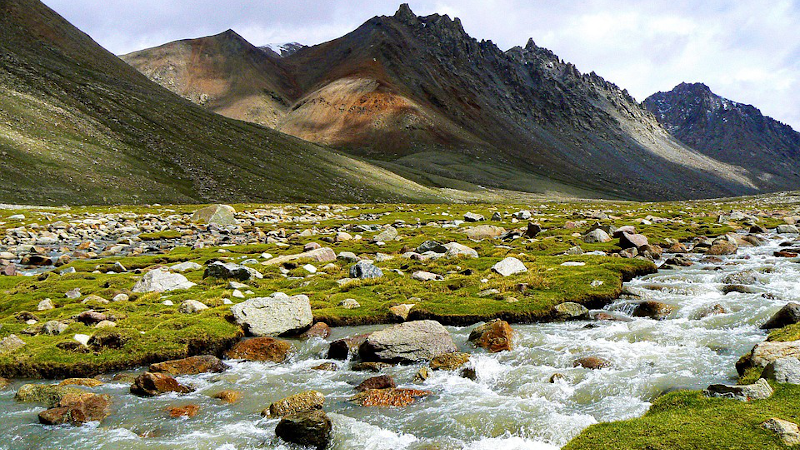This Indian rapper is spitting bars about climate justice, caste, and Indigenous rights – Grist.org

Report on the Intersection of Music, Social Justice, and Sustainable Development Goals in India
Introduction
This report examines the work of Indian hip-hop artist Madhura Ghane, known as Mahi G, whose music serves as a powerful medium for advocating social and environmental justice. Her work directly addresses the interconnected challenges encapsulated within the United Nations Sustainable Development Goals (SDGs), using artistic expression to highlight inequalities and call for systemic change.
Advocacy for Climate Action and Decent Work (SDG 13, SDG 8, SDG 1)
Mahi G’s music, particularly her song “Heatwave” produced in collaboration with Greenpeace India, brings critical attention to the severe impacts of climate change on vulnerable populations.
Key Themes and SDG Alignment
- Climate Action (SDG 13): The song directly confronts the reality of extreme heatwaves in India, a direct consequence of climate change. It visualizes the environmental degradation through imagery of barren landscapes, emphasizing the urgent need for climate action.
- Decent Work and Economic Growth (SDG 8): The lyrics and video focus on the plight of outdoor laborers, including brick kiln, sewage, and construction workers. These individuals face disproportionate risks from prolonged heat exposure, highlighting the lack of protections and decent working conditions.
- No Poverty (SDG 1): The music underscores the cycle of poverty and exploitation, with lyrics such as, “The one whose sweat builds your house himself wanders homeless,” directly linking hazardous labor to homelessness and poverty.
Addressing Systemic Inequalities and Resource Scarcity (SDG 10, SDG 6, SDG 5)
A central focus of Mahi G’s artistic output is the systemic discrimination faced by marginalized communities in India, particularly Dalits and Adivasis (indigenous tribes).
Focus on Social and Environmental Justice
- Reduced Inequalities (SDG 10): Her music challenges the social hierarchies of the caste system, which relegates marginalized groups to the most hazardous jobs and denies them basic rights. By giving voice to the experiences of Dalits and Adivasis, she advocates for the reduction of deep-seated inequalities.
- Clean Water and Sanitation (SDG 6): Drawing from her personal experience as a member of the Adivasi Mahadev Koli tribe, Mahi G highlights the struggle for access to clean drinking water. This personal connection brings an authentic and urgent perspective to the global challenge of water scarcity and management.
- Gender Equality (SDG 5): The artist specifically notes the burden placed on women who must “walk long distances to fetch water,” illustrating how resource scarcity disproportionately affects women and girls, reinforcing gender inequalities.
Critique of Unsustainable Development (SDG 15, SDG 11)
Through her discography, Mahi G critiques development models that neglect environmental and human costs, aligning with goals for sustainable land use and urban development.
Songs Highlighting Environmental Protection
- Life on Land (SDG 15): In “Jungle Cha Raja” (King of the Jungle), she explores the symbiotic relationship between tribal communities and their natural environment, positioning them as protectors of forests. The song implicitly critiques deforestation and the eviction of Adivasis from ancestral lands, advocating for the protection of terrestrial ecosystems.
- Sustainable Cities and Communities (SDG 11): The song “Vikasacha Khul” questions the true cost of urban development, rapping about how the construction of skyscrapers and malls comes at the expense of forests, lakes, and clean air, challenging the notion of progress that is not inclusive or sustainable.
Music as a Platform for Justice and Partnerships (SDG 16, SDG 17)
The emergence of artists like Mahi G and Arivu demonstrates the power of hip-hop as a tool for social commentary and activism, despite significant personal risks.
Fostering Change Through Art
- Peace, Justice and Strong Institutions (SDG 16): By critiquing government policies and challenging the political establishment, these artists advocate for justice and accountability. The jailing of fellow rappers for their music underscores the risks associated with exercising freedom of expression and highlights the need for strong, just institutions that protect dissenting voices.
- Partnerships for the Goals (SDG 17): Mahi G’s collaboration with Greenpeace India on the “Heatwave” project is a clear example of a cross-sectoral partnership. This alliance between an artist and a non-governmental organization demonstrates how different actors can unite to amplify messages and work towards achieving the SDGs.
1. Which SDGs are addressed or connected to the issues highlighted in the article?
SDG 3: Good Health and Well-being
- The article directly addresses health risks and fatalities resulting from extreme climate conditions. It mentions that “more than 100 people died across India because of an extreme heatwave” and highlights that “prolonged heat exposure can lead to heat strokes, a risk disproportionately borne by outdoor workers.”
SDG 5: Gender Equality
- The article highlights a female artist, Mahi G, breaking into the “mostly dominated by upper-caste male artists” hip-hop scene. It also points out a gender-specific struggle where Mahi G “witnessed her community struggle to access clean drinking water,” specifically noting her sadness “to see women walk long distances to fetch water.”
SDG 6: Clean Water and Sanitation
- The issue of water scarcity is a personal motivation for the artist. The article states, “Growing up, the 28-year-old rapper witnessed her community struggle to access clean drinking water.” It also mentions how “depleting water resources have taken a toll on the Mahadev Koli tribe’s ability to sustain themselves.”
SDG 8: Decent Work and Economic Growth
- The article focuses on the plight of laborers in hazardous jobs. Mahi G’s rap is about “brick kiln workers, sewage cleaners, and construction workers toiling under the scorching sun.” It exposes exploitative and dangerous working conditions, questioning, “who cares about the one who died working for you in the sun?”
SDG 10: Reduced Inequalities
- This is a central theme. The article explains how India’s caste system relegates Dalits and Adivasis (indigenous communities) to “the most hazardous jobs” and subjects them to “systemic discrimination.” The rappers use their music to “challenge caste hierarchies” and spotlight these social injustices.
SDG 11: Sustainable Cities and Communities
- The article touches upon the negative consequences of urban development and the lack of adequate housing. Mahi G’s rap notes, “The one whose sweat builds your house himself wanders homeless.” She also critiques how “the building of roads, skyscrapers, and shopping malls has come at the expense of forests, lakes, and clean air.”
SDG 13: Climate Action
- Climate change is a primary focus of Mahi G’s music. Her song “Heatwave” was released as India was “reeling under soaring temperatures.” The article explicitly links her work to climate justice and notes that climate change has “directly affected their lives” through “shifting rainfall patterns and depleting water resources.”
SDG 15: Life on Land
- The article discusses the destruction of natural habitats due to development and resource extraction. It mentions the eviction of “Adivasis from their ancestral lands to clear the way for exploiting mineral resources” and Mahi G’s rap about development coming “at the expense of forests.” Her core message is to protect nature: “If you can’t plant a tree, at least don’t cut one down.”
SDG 16: Peace, Justice, and Strong Institutions
- The article highlights the risks faced by artists who critique the government. It mentions rappers who “were jailed” for their music and how the government and its supporters “label dissenting voices as anti-national.” This directly relates to the protection of fundamental freedoms and access to justice.
2. What specific targets under those SDGs can be identified based on the article’s content?
- Target 3.d: Strengthen the capacity of all countries, in particular developing countries, for early warning, risk reduction and management of national and global health risks.
- The article’s focus on deaths from extreme heatwaves in India points to the need for better systems to manage climate-related health risks.
- Target 5.5: Ensure women’s full and effective participation and equal opportunities for leadership in all levels of decision-making in political, economic and public life.
- Mahi G, as an Adivasi woman, breaking into the male-dominated hip-hop scene to voice social and political issues is a direct example of this.
- Target 6.1: By 2030, achieve universal and equitable access to safe and affordable drinking water for all.
- The mention of the community’s struggle to “access clean drinking water” and women walking long distances to fetch it directly relates to this target.
- Target 8.8: Protect labour rights and promote safe and secure working environments for all workers, including migrant workers, in particular women migrants, and those in precarious employment.
- The article’s description of “brick kiln workers, sewage cleaners, and construction workers toiling under the scorching sun” and dying from heat exposure highlights the need for safer working environments.
- Target 10.2: By 2030, empower and promote the social, economic and political inclusion of all, irrespective of age, sex, disability, race, colour, ethnicity, origin, religion or economic or other status.
- The entire narrative about Dalit and Adivasi rappers using music to “challenge caste hierarchies” and fight “systemic discrimination” aligns with this target of promoting inclusion for marginalized groups.
- Target 11.1: By 2030, ensure access for all to adequate, safe and affordable housing and basic services and upgrade slums.
- The lyric “The one whose sweat builds your house himself wanders homeless” directly points to the lack of adequate housing for laborers.
- Target 13.1: Strengthen resilience and adaptive capacity to climate-related hazards and natural disasters in all countries.
- The deadly heatwaves and their disproportionate impact on outdoor workers show a lack of resilience and adaptive capacity to climate hazards.
- Target 15.2: By 2030, promote the implementation of sustainable management of all types of forests, halt deforestation, restore degraded forests and substantially increase afforestation and reforestation globally.
- Mahi G’s critique of development coming “at the expense of forests” and her plea “at least don’t cut one down” directly advocate for halting deforestation.
- Target 16.10: Ensure public access to information and protect fundamental freedoms, in accordance with national legislation and international agreements.
- The jailing of rappers for their music demonstrates a threat to fundamental freedoms, specifically freedom of expression, which this target aims to protect.
3. Are there any indicators mentioned or implied in the article that can be used to measure progress towards the identified targets?
- Mortality rate attributed to disasters (Indicator 3.d.1 / 13.1.1): The article provides a specific data point: “more than 100 people died across India because of an extreme heatwave during the summer.” This number serves as a direct indicator of the human cost of climate-related disasters.
- Proportion of population using safely managed drinking water services (Indicator 6.1.1): The article implies a lack of access to this service by describing how Mahi G’s community struggled to “access clean drinking water” and that women had to “walk long distances to fetch water.”
- Frequency rate of fatal and non-fatal occupational injuries (Indicator 8.8.1): The article implies a high rate of this indicator by referencing laborers who “died working for you in the sun” and the disproportionate risk of heat strokes for outdoor workers in hazardous jobs.
- Proportion of population reporting having personally felt discriminated against (Indicator 10.3.1): The entire article is built on the “systemic discrimination” faced by Dalits and Adivasis, who are “relegated to the most hazardous jobs” due to the caste system. The rappers’ music is an expression of this lived experience of discrimination.
- Proportion of urban population living in slums, informal settlements or inadequate housing (Indicator 11.1.1): The lyric about construction workers being “homeless” implies the existence of a population without adequate housing.
- Number of verified cases of killing, kidnapping, enforced disappearance, arbitrary detention and torture of journalists, associated media personnel, trade unionists and human rights advocates (Indicator 16.10.1): The article provides a clear example that falls under this indicator: “Umesh Khade and Raj Mungase, two rappers from Maharashtra, were jailed” for their music, which can be seen as an act of arbitrary detention against artists exercising freedom of expression.
4. SDGs, Targets and Indicators from the Article
| SDGs | Targets | Indicators (Mentioned or Implied in the Article) |
|---|---|---|
| SDG 3: Good Health and Well-being | 3.d: Strengthen capacity for early warning and management of health risks. | Mortality rate from climate-related disasters (“more than 100 people died… because of an extreme heatwave”). |
| SDG 5: Gender Equality | 5.5: Ensure women’s full participation and equal opportunities for leadership. | Presence of a female Adivasi rapper in a male-dominated scene; women’s specific burden of fetching water. |
| SDG 6: Clean Water and Sanitation | 6.1: Achieve universal access to safe and affordable drinking water. | Community struggle to “access clean drinking water” and women walking “long distances to fetch water.” |
| SDG 8: Decent Work and Economic Growth | 8.8: Protect labour rights and promote safe working environments. | Deaths of outdoor workers from heat exposure in hazardous jobs (brick kilns, sewage cleaning). |
| SDG 10: Reduced Inequalities | 10.2: Promote social, economic and political inclusion of all. | “Systemic discrimination” against Dalits and Adivasis due to the caste system. |
| SDG 11: Sustainable Cities and Communities | 11.1: Ensure access for all to adequate, safe and affordable housing. | Construction workers who build houses are themselves “homeless.” |
| SDG 13: Climate Action | 13.1: Strengthen resilience to climate-related hazards. | Impact of “soaring temperatures,” “extreme heatwave,” and “shifting rainfall patterns” on lives and livelihoods. |
| SDG 15: Life on Land | 15.2: Promote sustainable management of forests, halt deforestation. | Development (roads, malls) coming “at the expense of forests”; eviction of Adivasis from ancestral lands. |
| SDG 16: Peace, Justice, and Strong Institutions | 16.10: Ensure public access to information and protect fundamental freedoms. | Verified cases of arbitrary detention (“two rappers from Maharashtra, were jailed” for their songs). |
Source: grist.org

What is Your Reaction?
 Like
0
Like
0
 Dislike
0
Dislike
0
 Love
0
Love
0
 Funny
0
Funny
0
 Angry
0
Angry
0
 Sad
0
Sad
0
 Wow
0
Wow
0


